Many environmental human rights defenders are “risking their today for our tomorrow” according to John Knox, the UN special rapporteur on human rights and the environment. This issue concerns not just present but also future generations.
One such defender is Phyllis Omido. She is a single mother living in Owino Uhuru, a community on the outskirts of Mombasa, Kenya’s second-largest city. She learnt that her breast milk was making her baby sick. The streams that residents used to wash, cook, and clean were being polluted with untreated waste water from an industrial plant that extracted lead from used car batteries. Omido also realised that her son wasn’t the only one suffering the consequences.
She mobilised her community and used legal means to stop the pollution. In 2012, they initiated a process of evaluating the likely environmental effects of the plant’s operations, taking into account how water pollution was affecting people’s health. Health scans showed high levels of lead in the blood of local residents.
After a meeting with the UN special rapporteur on toxic waste, a committee of the Kenyan senate came to see the situation. By 2014 the owner of the plant decided to close it.
In the process of bringing attention to the consequences of the pollution the plant was causing, Omido received support from organisations such as Frontline Defenders and Human Rights Watch. They also helped her realise that her case was of international importance.
To avoid similar businesses setting up shop in the future, the community teamed up with pro-bono lawyers from Avocats Sans Frontières in Brussels and took the Kenyan government to court for exposing workers and local residents to lead pollution.
For close to a decade, Omido has been monitoring various illnesses, deaths, and miscarriages that have occurred in her community. She has been threatened, arrested by police, and forced into hiding for organising the opposition to the industrial plant. The non-governmental organisation she founded, the Center for Justice, Governance and Environmental Action – forced the plant’s closure and now promotes environmental justice in Kenya’s coastal regions. The organisation has built a network of support across the world, and in 2015 Omido was awarded the Goldman Environmental Prize – the world’s largest prize honouring grassroots environmentalists.
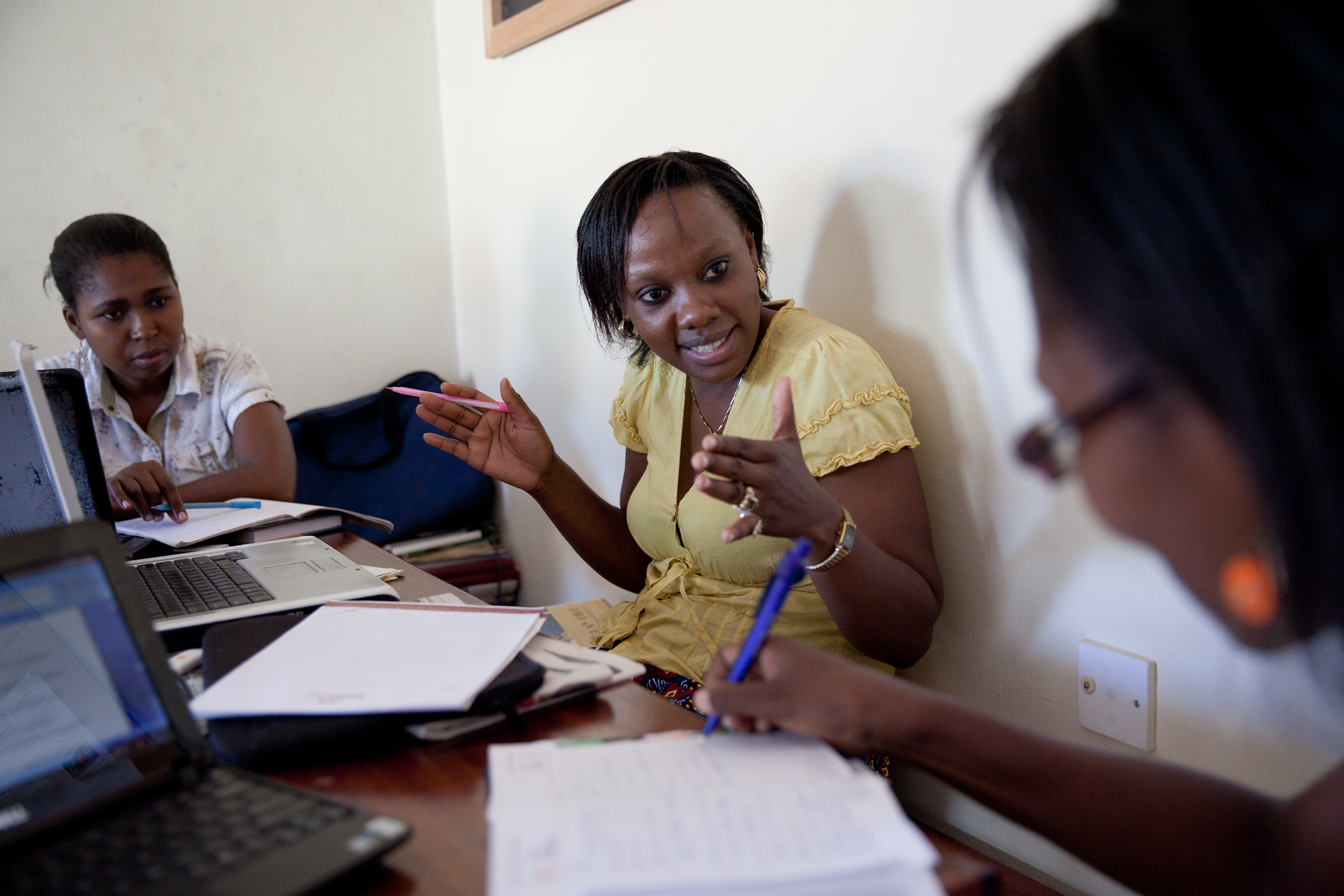
Phyllis Omido with her staff at the Centre of Justice, Governance, and Environmental Action. Copyright: Goldman Environmetal Prize.
“I have learnt over the years that I am not alone,” Omido said in a recent interview. “Thousands of people from around the world risk their lives protecting their way of life – their rights over food, water, clean air and land. They stand up for their basic human rights.”
Paradoxically, often these people in marginalised situations in the Global South, such as Omido, are at the forefront of protecting vital ecosystems and natural resources. They foster sustainability for the planet and people and can provide new insights into how to tackle the increasingly rapid global biodiversity loss.
“This is not just about indigenous communities, the poor or the marginalised. This is about everyone, because environmental rights are enshrined in over 100 constitutions. Even with so many people recognising their rights, often people are unable to assert them when business or government are not held accountable for environmental violations,” says Omido.
Women all over the world see exercising their political rights as critical to their struggle to put food on the table but also as a key to their long-term security and sustainable human development. Research clearly shows the need for development practitioners – as well as politicians and business leaders – to recognise women as agents, not victims, and support them in their work to achieve environmental justice.1 1. Introduction: Natural Resource Justice Caroline Sweetman &Maria Ezpeleta Pages 353-366 | Published online: 01 Nov 2017 https://doi.org/10.1080/13552074.2017.1395138 See all references
Omido has shown what can be achieved when people get access to basic information and networks, such as other organisations at a national and international level.
In some places, development workers reach out to illiterate women and train them in basic law. Shvetangini Patel, for example, has worked with women’s organisations in the state of Gujarat in India for many years to make sure that the law works for people. She has used creative methods, including illustrations, to train illiterate women on various environmental laws. 2 2. Centre for Policy Research (CPR)-Namati Environmental Justice Program (2018). Making the Law Count: Ten Environment Justice Stories by Community Paralegals in India. India: CPR-Namati Environmental Justice Program See all references
Paralegals offer support
As grassroots civil society efforts have proved effective in many parts of the world, the role of community paralegals has evolved significantly. Community paralegals are grassroots advocates who use their knowledge of the law to seek concrete solutions to instances of injustice. They are trained by law specialists and development workers, are often linked to lawyers who provide guidance and are helping people to hold firms accountable for damage to rivers and farmland. They can play a vital role in empowering communities around the world, making it possible for community members to protect their rights and the biodiversity of their regions.
The Kenya hub of the civil society organisation Natural Justice is based in Nairobi and includes a team of lawyers, mainly women. They advise community paralegals in Lamu, on the northern coast of Kenya, who work with their communities on how to access environmental information at the county level, for example about the impact that infrastructure projects have on water.
Lamu was declared a Unesco biosphere reserve in 1980, has a rich cultural heritage, and is the home of rare marine species such as sea turtles, sharks, and dugongs. Concerns are now growing over the construction of a port and a coal plant in the region, where water pollution could have a devastating impact on marine wildlife and on local fishing communities.
Local community paralegals have taken on the cause, as part of a larger collaborative partnership between Natural Justice and SwedBio at the Stockholm Resilience Centre to support legal empowerment in Kenya and Zimbabwe. The paralegals are writing letters to access information from the authorities concerning the construction of the Lamu port, complaint letters concerning the breach of environmental regulations, and follow-up letters when replies are not forthcoming. Thanks to these persistent requests, the paralegals are starting to make an impact. They have also expanded their efforts to educate public officials in the understanding of citizens’ rights to demand and receive records from public authorities.
In April this year, the High Court of Kenya declared that the construction of the Lamu port failed to meet basic constitutional and legal requirements. Compensation of 1.7bn Kenyan shillings (£12.7m) was awarded to the 4,600 fishers affected by the construction of the port. The case was led by Katiba Institute, with the support of the environmental protection organisation Save Lamu, Natural Justice, and Environmental Law Alliance Worldwide.
Defenders face threats and violence
Environmental human rights defenders are voicing the interest of their own communities but also defend those who are voiceless – plants and ecosystems, animals, and other living beings. The land they protect provides globally important carbon stores, havens for wildlife, life-saving medicines, and clean water for millions. For people to fully enjoy their human rights to good health and food, they need the services that healthy ecosystems provide, and maintaining biodiversity is necessary to ensure that ecosystems remain healthy and resilient.
But the defenders face growing threats. Three UN special rapporteurs have stated that the UN’s sustainable development goals cannot be met if environmental defenders, who are on the frontline of sustainable development, are not protected.
The UN special rapporteur on the situation of human rights defenders, Michel Forst, has stressed that those working on land rights and natural resources are the second-largest group of human rights defenders at risk of being killed. The Honduran human rights defender Berta Cáceres is one of at least 1,000 environmental defenders who have been murdered since 2002. Cáceres’s death in 2016 sparked a global outcry and environmental, human rights, and women’s rights movements have joined forces to call for justice.
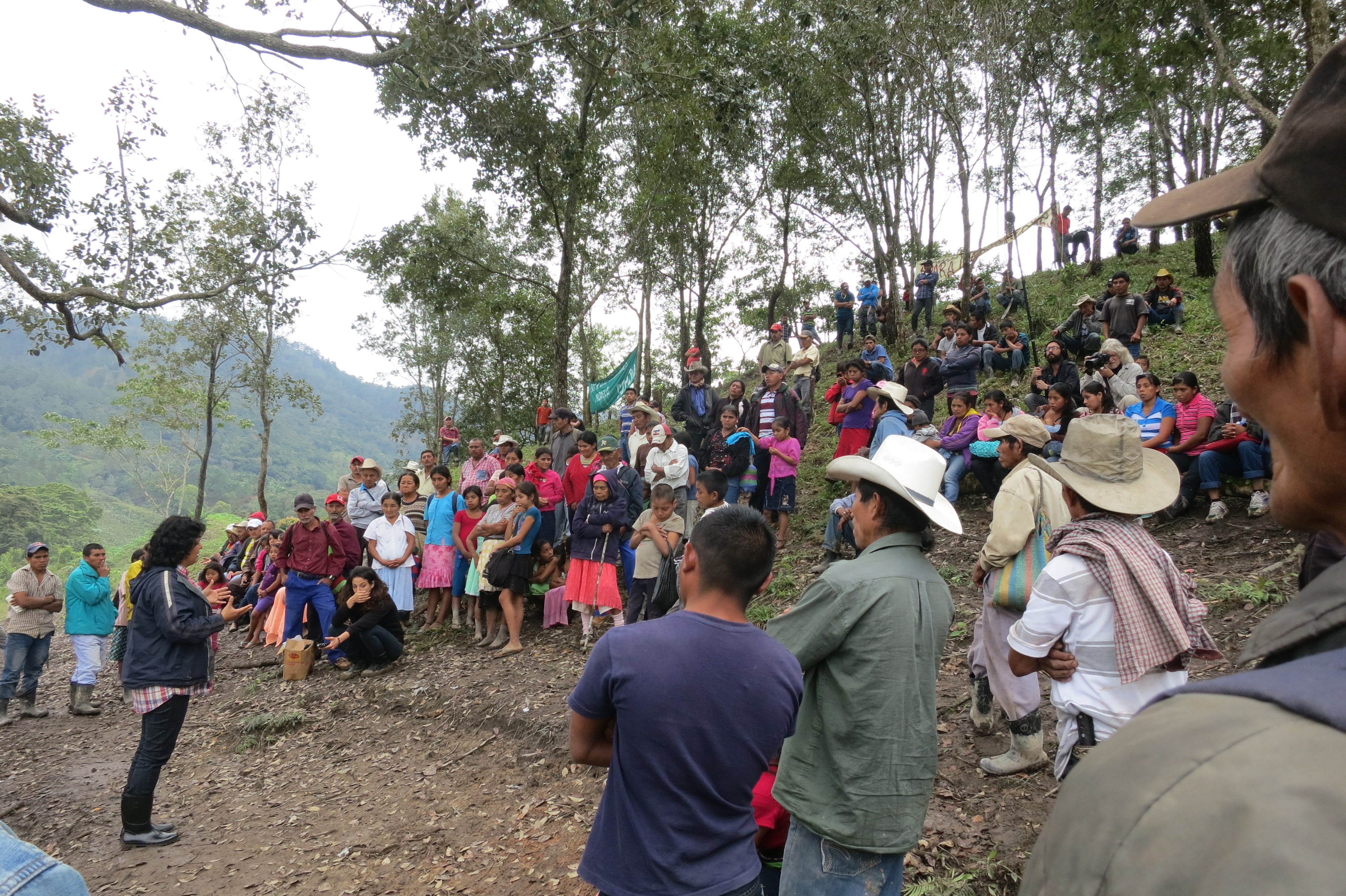
With mandates from her local community, and travelling together with community leaders to the capital, Bertha Cáceres filed complaints against the proposed Agua Zarca Dam and its effects on the Gualcarque River, which is spiritually important to the Lenca people. Copyright: Goldman Environmental Prize.
Development projects often have international funders and investors. For example, both the Finnish and the Dutch governments were financing the hydroelectric dam opposed by Cáceres. A key part of tackling the human rights defenders crisis is to see that states and businesses in industrialised countries, who invest in other countries, comply with their human rights obligations and ensure that the projects they finance do not violate those rights.
There are discussions towards developing an international legally binding instrument to regulate the activities of transnational corporations and other business enterprises. And the UN Guiding Principles on Business and Human Rights spell out that while states retain a duty to protect populations against corporate human rights abuses, businesses have a responsibility to avoid human rights abuses resulting from their activities, or those of business partners, at home or abroad.
But many human rights defenders continue to face threats and violence. Concerned about the disappearing forest, people in a remote village have been defending a community-protected area in the Prey Lang forest in central Cambodia. One of them, Phorn Sopheak, was attacked when she went on a regular patrol to make sure illegal loggers were not cutting down trees. The illegal loggers routinely threaten her for speaking out against environmental destruction, and the attack was a warning of worse things to come. But Sopheak says she intends to continue her work: “The government has laws to protect the forest, and […] has said that Prey Lang will be a protected forest. But local officials don’t take serious action to protect the environment.”
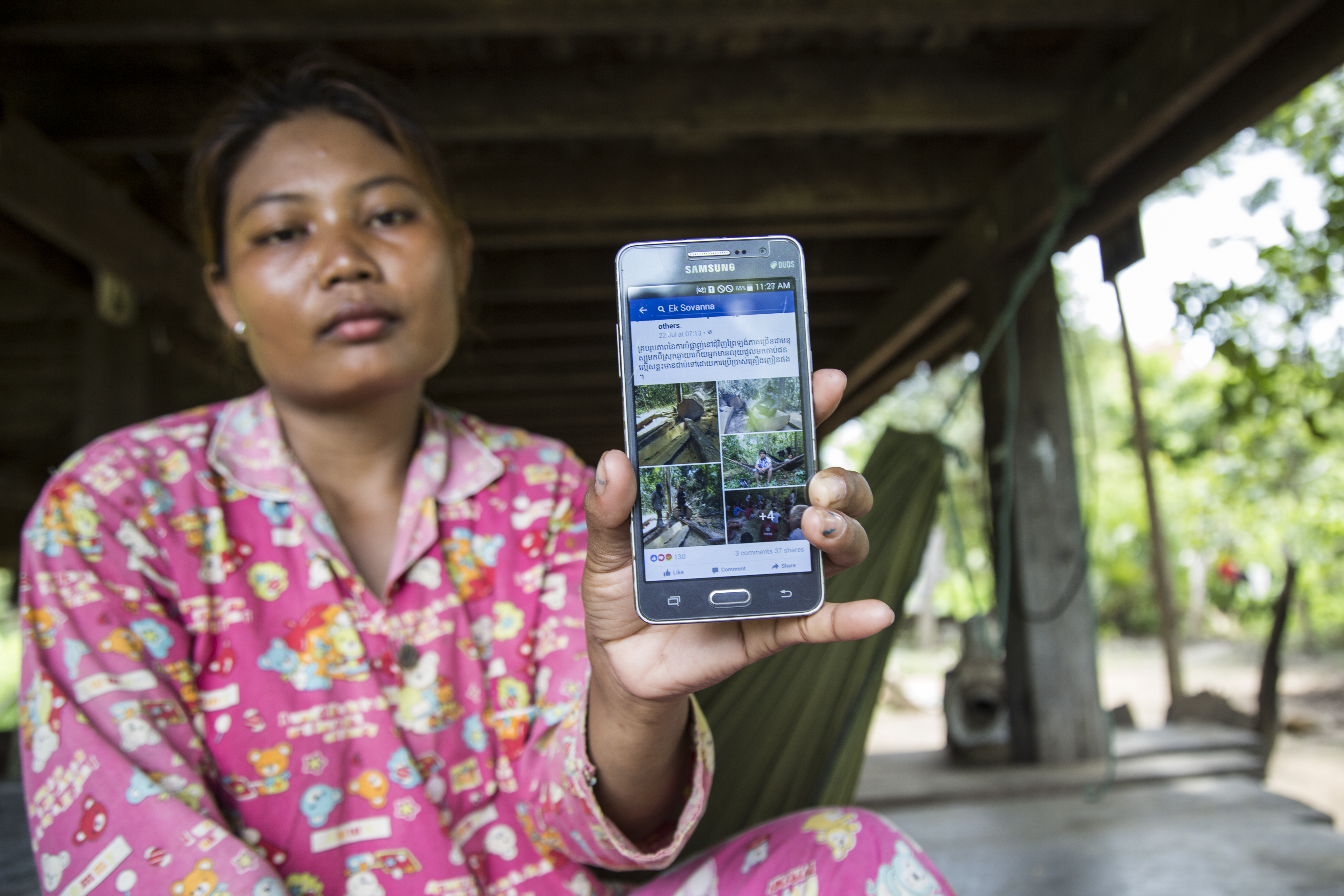
Phorn Sopheak scroll the timeline of her friend’s Facebook that posted her photos during a five-day patrol combating illegal logging in central Cambodia. Copyright: Savann Oeurm/Oxfam.
Biodiversity and ecosystem defenders often live in isolated areas, where many biodiversity hot-spots are located. Many of the violations against them remain unreported because they take place in these remote places, for example deep within rainforests. In 2017 almost four people a week were killed worldwide in struggles against mines, plantations, poachers, and infrastructure projects, such as pipelines and dams. The situation is particularly grave in Latin America and South East Asia, but it affects every region of the world.
Finding new ways to recognise defenders
Concerns are growing and vital steps are being taken on a global level to protect environmental human rights defenders who work to safeguard the environment on which the enjoyment of human rights depends. Last year, the UN Human Rights Council adopted a landmark resolution requiring states to ensure the rights and safety of environmental defenders. And in March this year the UN Environment Programme adopted a policy on “promoting greater protection for environmental defenders”. In this policy, the UN recognises that women environmental defenders face increasing risks related to their activism.
The UN is also moving towards recognising the human right to a healthy environment. In March 2018, John Knox proposed 16 “framework principles on human rights and the environment”, and the first two principles emphasise the connections between human well-being and ecological well-being. Knox says that while the right to a healthy environment has been recognised in regional agreements and in most national constitutions, it has not been formalised in a human rights agreement on a global level. A formal global recognition of a human right to a healthy environment could help protect those who increasingly risk their lives to defend the land, water, forests, and wildlife.
The Convention on Biological Diversity, a global treaty focusing on systems that sustain life on Earth, is also working to set new targets beyond 2020. Legal practitioners from around the world, invited by SwedBio at the Stockholm Resilience Centre and partner organisations, met in Nairobi this year to discuss how environmental human rights could be addressed in relation to biodiversity.
In addition to efforts for a global recognition of a healthy environment as a human right, work is also being done to support people in understanding and asserting their rights. The recently launched Environmental Rights Initiative, headed by the UN Environment Programme and other organisations, is aiming to bring environmental protection closer to the people, helping them to better understand their rights and how to defend them.
Strength in numbers
Women environmental defenders around the world are forming networks to push for change they cannot achieve alone. In South and Central America, the Mesoamerican Women Human Rights Defenders Initiative brings together national and international civil society organisations. Through the initiative, women from indigenous groups and local communities share their experiences and work together to improve the situation. A registry has been established to gather data on attacks and threats against women human rights defenders. Activists, leaders, and journalists are trained in risk prevention and four national networks have been created in Mexico, Guatemala, Honduras, and El Salvador to protect those under threat.
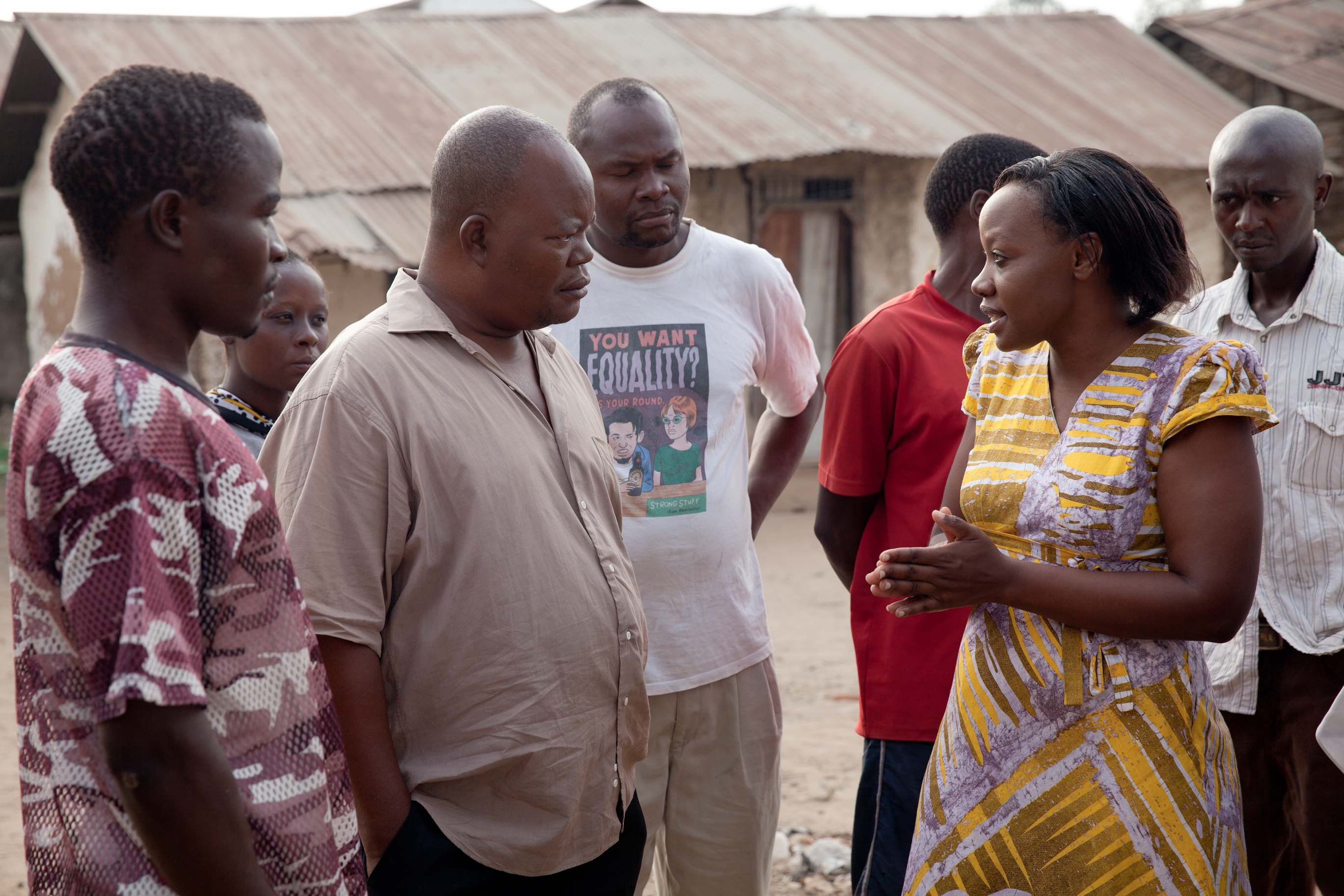
Phyllis Omido engaging with community members and former factory workers of Owino Uhuru. Copyright: Goldman Environmetal Prize.
Omido points out that many people are on the frontline of the fight for a healthy planet. Her community took legal matters into their own hands and saw for themselves how change was happening. Even if it was a slow process, Omido’s community has shown that change is possible. Omido is still working in the civil society organisation to promote environmental justice. She continues to raise awareness in Kenya and beyond about the connections between law, a healthy environment, and people’s well-being, and she is part of a growing movement.
“We want to show environmental defenders can use litigation as a tool and we want the UN to build up the capacity to enforce environmental law in courts around the world,” she told the Guardian. “Defenders are often treated as criminals or people who are hostile to development. That is not the case.”
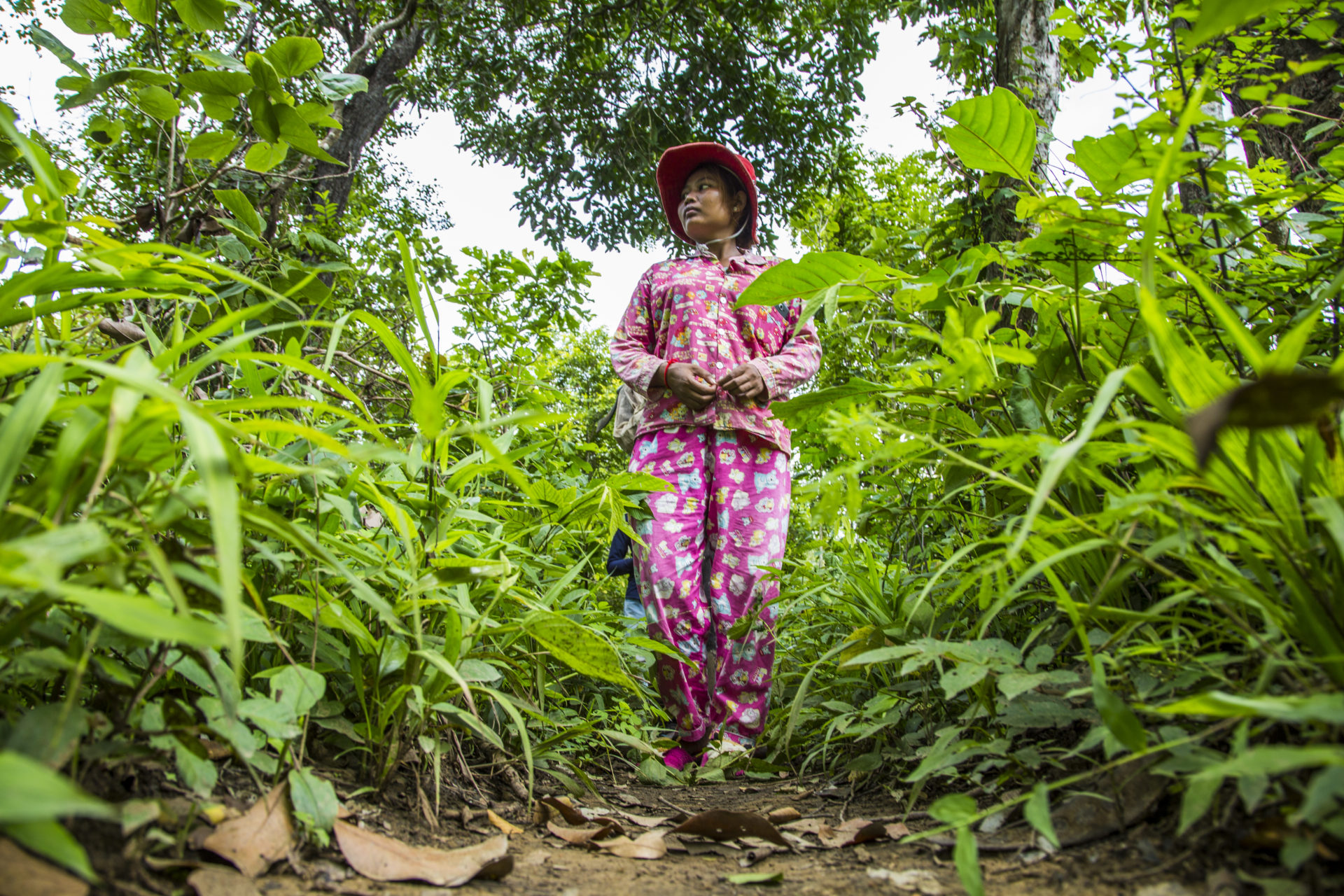
 7 MIN READ / 2191 WORDS
7 MIN READ / 2191 WORDS